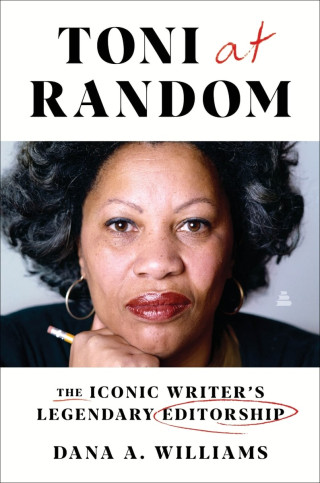One of the things that excited Morrison the most about joining the team at Random House was the opportunity she would have to acquire books that would document Black life and culture that reflected Black people’s interior lives, not simply books filled with public outcry against, and resistance to, racial oppression. The book that epitomized this goal of featuring Black life and culture with limited regard for whiteness was 1974’s The Black Book. Importantly, too, it put to bed the misconception that Black people did not buy books (or that white people would not buy books that were distinctly Black). And it made the point that everyday Black life was remarkable. “Bringing that book in the world didn’t even feel like work,” I remember her telling me. “It was more than work. It was pure joy.”
For many of the authors she edited, Morrison extended her work well beyond a book’s prepublication needs. When the New York Times published Glyn Daniel’s ill-informed review of Ivan Van Sertima’s 1977 book They Came Before Columbus, Van Sertima drafted a stinging response, even accusing Daniel of not having actually read the book. “This learned gentleman cites Men Across the Sea and Quest for America as ‘fundamental’ works in the area of pre-Columbian contacts,” Van Sertima wrote. “According to him, I have not read these books. Had he studied my work … he would have noticed that I have made nearly 100 references to these texts.”
Morrison read Van Sertima’s two-page letter with glee. “Your reply to the Times is fantastic!” she wrote to her author. “I called Mel and told him I want every word of it printed.” She had no problem insisting to her friend Mel Watkins, the first Black editor at the Times’ Sunday Book Review, that Van Sertima be given the opportunity to respond in print to Daniel’s dismissal of the book. There was seldom a clear starting or stopping point when it came to her willingness to advocate for a book she edited and admired.
One might think Morrison’s growing success as a novelist translated effortlessly into success in editing novels by writers she admired. It did not. “It wasn’t easy getting those first novels published,” she admitted to me. The novels by Black authors who seemed to get the most attention, she saw, fell along two poles: the ones she referred to as “Fuck whitey” or “I’m going to fix you, whitey” books on the one hand, and “Let’s all live together in harmony” books on the other. She had little interest in either approach. Those books were ultimately about white people. And what she wanted to publish, both as a writer and as an editor, were books that talked to Black people.
